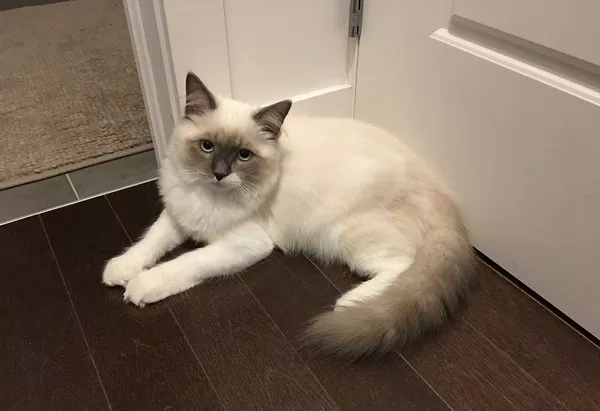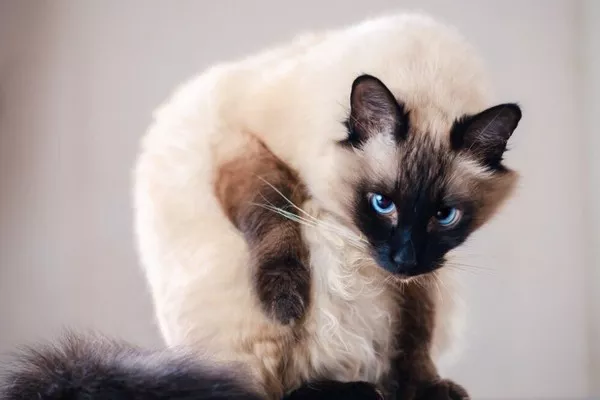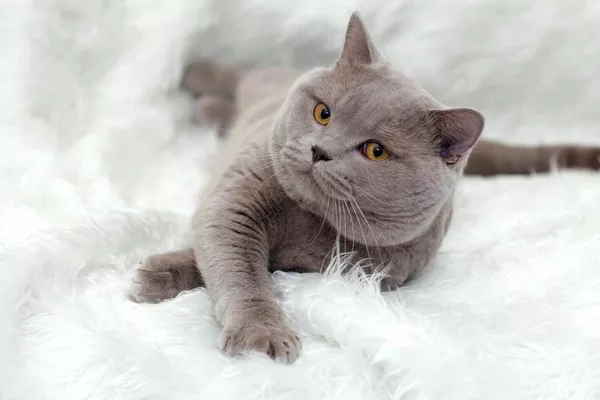Cats are remarkable creatures with a range of unique and intriguing features that contribute to their distinct behaviors and abilities. One such feature that often captures our attention is their whiskers. These specialized sensory hairs, also known as vibrissae, adorn a cat‘s face and play a vital role in their daily lives. In this article, we will delve into the reasons why cats have whiskers, the anatomy of whiskers, and the fascinating functions they serve in a cat’s world.
The Anatomy of Whiskers
1. Vibrissae Structure
Whiskers, or vibrissae, are long, stiff hairs that are more deeply rooted in a cat’s skin compared to regular fur. They are positioned in specific locations on a cat’s face, including above the eyes, on the cheeks, around the muzzle, and even on the back of the forelegs.
2. Rich Nerve Supply
The base of each whisker is surrounded by a dense network of nerve endings and blood vessels. This rich nerve supply enhances their sensitivity to touch and movement.
Tactile Sensation and Environmental Perception
1. Whiskers as “Touch Organs”
Cats have incredibly sensitive whiskers that serve as specialized touch organs. When a cat brushes against an object, the whiskers bend and send sensory signals to the brain, providing information about the object’s texture, shape, and movement.
2. Measuring Gaps and Openings
Whiskers are particularly adept at measuring gaps and openings. This ability helps cats navigate through narrow spaces, judge the width of openings, and avoid potential obstacles.
3. Nocturnal Adaptation
Whiskers also aid cats in low-light conditions. As nocturnal hunters, cats use their whiskers to detect changes in air currents, enabling them to detect the presence of nearby objects, prey, or predators.
Communication and Emotion
1. Social Interaction
Cats use their whiskers to communicate with other cats and even with humans. Whisker positions can indicate a cat’s emotional state. Forward-facing whiskers may signal curiosity or excitement, while flattened whiskers might indicate fear or aggression.
2. Observation of Other Cats
When interacting with other cats, whisker positions play a role in conveying dominance or submission. A cat with its whiskers flattened may be signaling submission to a more dominant feline.
Protecting the Eyes
1. Blink Reflex
Cats have a protective blink reflex triggered by their whiskers. If a foreign object comes too close to their eyes, their whiskers detect it, and their eyes reflexively close to shield them from potential harm.
2. Whisker Fatigue
Whisker fatigue is a phenomenon where a cat’s sensory overload occurs due to excessive stimulation of their whiskers. It can lead to stress and discomfort, especially when eating from deep or narrow bowls.
Selective Breeding and Whisker Variation
1. Breeds with Diverse Whiskers
Selective breeding has led to a variety of whisker lengths and shapes among different cat breeds. Some breeds, like the Maine Coon, have longer, more prominent whiskers, while others may exhibit unique patterns or curling.
2. Genetic Influences
Genetics also play a role in determining whisker length, thickness, and distribution. Genetic diversity contributes to the array of whisker variations seen in the feline world.
Supporting Your Cat’s Whiskers
1. Environmental Enrichment
Creating an environment that allows your cat to use its whiskers to explore and interact can enhance their overall well-being. Providing objects to climb, toys to play with, and varied surfaces to explore stimulates their sensory experiences.
2. Avoid Overstimulation
While whiskers are essential for a cat’s sensory perception, it’s crucial to avoid overstimulation. Using shallow and wide food bowls can prevent whisker fatigue during mealtime.
Conclusion
In conclusion, whiskers are more than just facial adornments for cats; they are remarkable sensory tools that provide valuable information about the world around them. From navigating their environment and communicating emotions to protecting their eyes and understanding their surroundings, whiskers serve a wide range of functions in a cat’s life. Understanding the significance of whiskers not only deepens our appreciation for feline anatomy but also empowers us to create an environment that supports a cat’s sensory needs. As we continue to marvel at the complexity of our feline friends, let’s remember that their whiskers are a testament to their remarkable adaptation and the beauty of nature’s design.












![Do Birman Cats Like to Cuddle? [Revealed!]](https://www.catsmeowweb.com/wp-content/uploads/2023/06/burmese-cat-6.webp)











